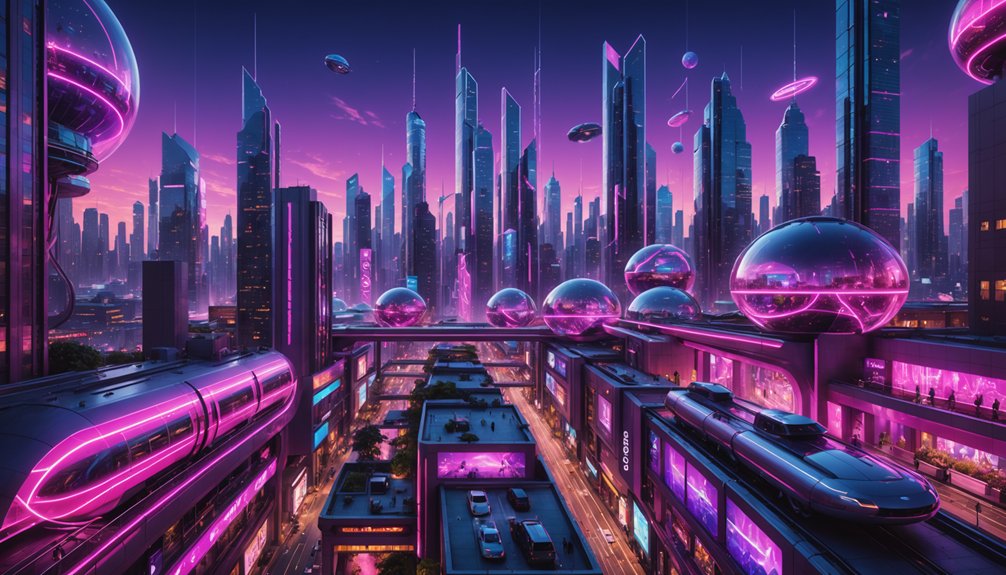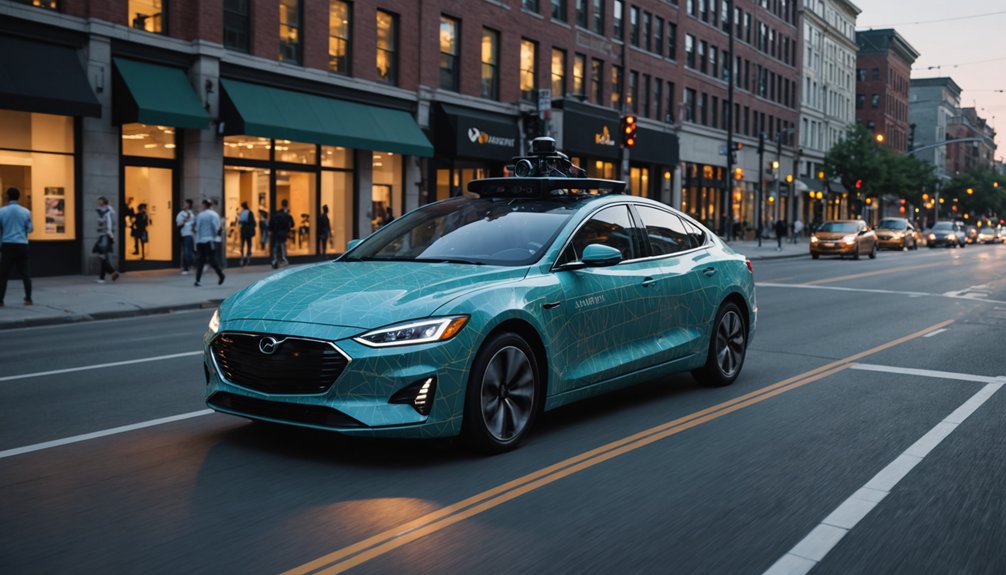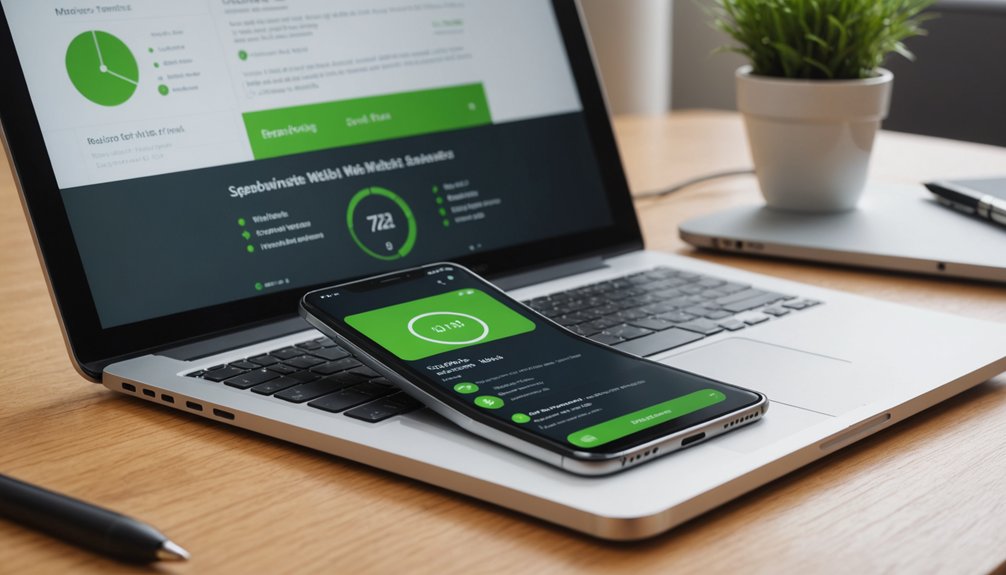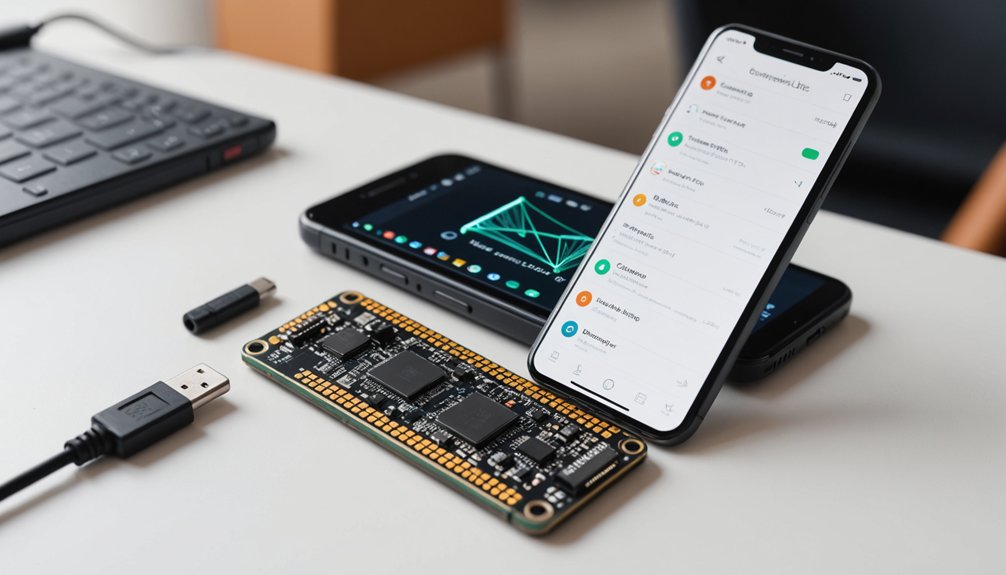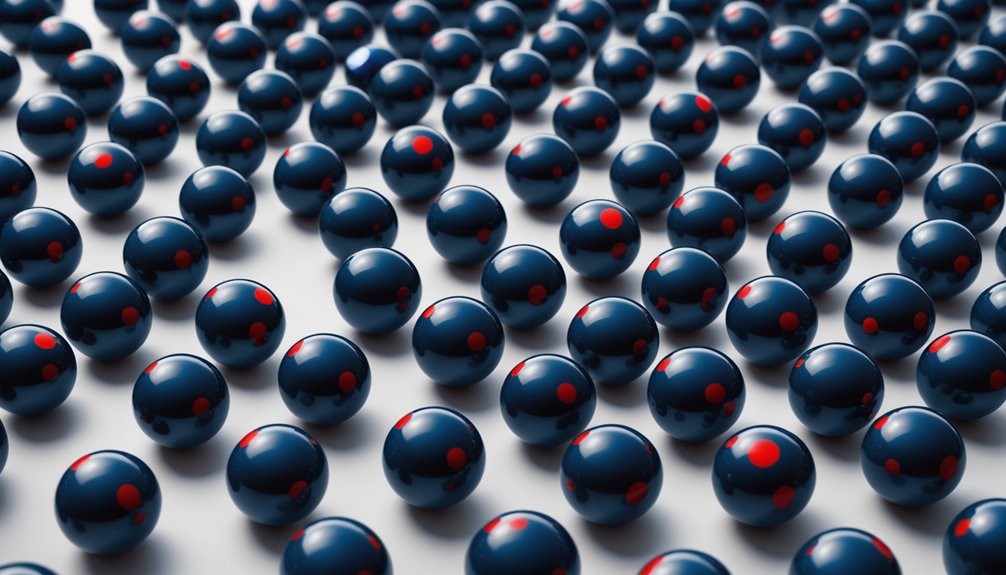“Gag City” emerged from LGBTQ+ and Black communities as slang expressing extreme amazement. Popularized by Nicki Minaj fans around 2022, it quickly evolved from mere text to AI-generated visual art featuring neon-pink futuristic cityscapes. The phrase represents the ultimate compliment – something so impressive it leaves you speechless or “gagged.” It’s now shorthand for mind-blowing content across social media. The concept reveals how internet culture transforms language into shared experiences.
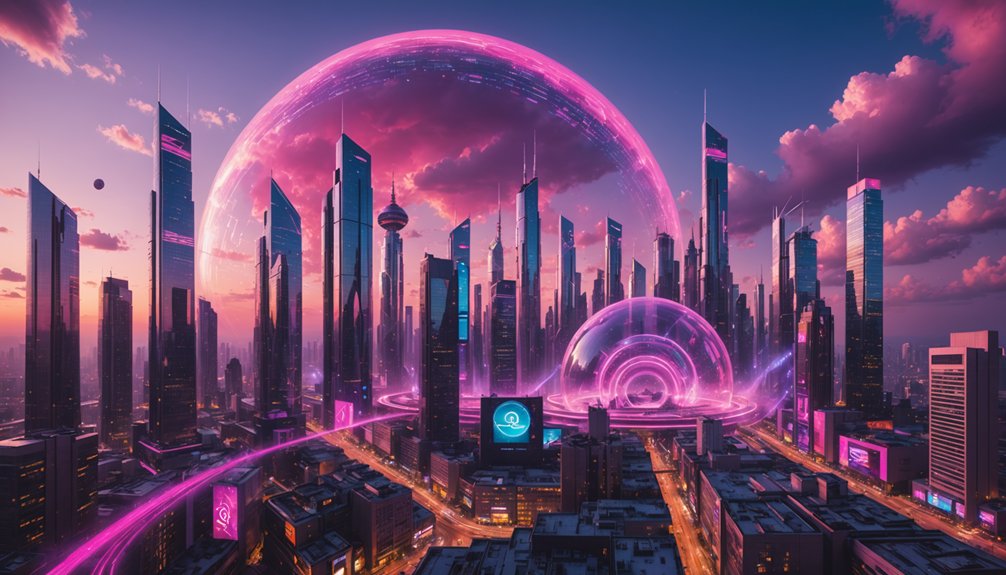
While internet slang constantly evolves, few terms have captured the imagination quite like “Gag City.” Originating from LGBTQ+ and African American Vernacular English communities, this phrase expresses extreme amazement or shock—similar to “slay” but with extra emphasis.
Internet slang may come and go, but “Gag City” stands out as cultural lightning in a bottle, capturing pure amazement with extra flair.
The term gained serious momentum on social media around 2022, particularly among Nicki Minaj fans on X (formerly Twitter). One of the earliest documented uses was from the fan page @4ktbarbie on January 27, 2022. Nobody’s quite sure who said it first. Does it matter? Not really. What matters is how quickly it spread. The expression became shorthand for anything mind-blowingly impressive or stunning. Modern AI content tools have helped track and analyze the term’s rapid spread across platforms.
What’s fascinating is how “Gag City” transformed from mere slang into visual art. AI-generated images depicting an imaginary Gag City started flooding social platforms. These weren’t just any images. Think vibrant colors. Neon lights. Futuristic buildings. Lots of pink. The virtual city features bubblegum-pink buildings that perfectly embody Nicki Minaj’s signature aesthetic. The digital aesthetic perfectly captured the exaggerated amazement the phrase conveys. Machine learning algorithms helped create increasingly personalized and engaging visual interpretations of the concept.
The popularity exploded further during the lead-up to Nicki Minaj’s “Pink Friday 2” album. Fans weren’t just talking about Gag City—they were creating it. Building it. Sharing it. The virtual location became a rallying point for online communities.
Language evolves fast online. “Gag” originally expressed shock, like when someone’s literally gagging from surprise. Now it’s morphed into praise. Someone’s outfit is “gag.” A performance is “total gag.” And the ultimate compliment? Saying something is “Gag City material.”
This digital phenomenon shows how modern slang creates more than just vocabulary—it builds communities. Fans share artwork, memes, and expressions through a common language. The term crosses platforms from X to Instagram, TikTok, and beyond.
What was once insider language has become mainstream cultural expression. The most impressive part? An abstract concept became a visual reality through technology and creativity. Gag City doesn’t exist on any map, but for thousands online, it’s very real. That’s internet culture for you. Transformative. Fast-moving. Sometimes amazing.
Frequently Asked Questions
Where Did the Term “Gag City” Originate?
The term “gag city” first appeared in January 2022 on X (formerly Twitter) through a Nicki Minaj fan page.
It draws from LGBTQ+ and AAVE slang where “gag” expresses shock or amazement.
Minaj’s “Barbz” fanbase ran with it, transforming the phrase into a whole concept.
Soon AI-generated art depicted it as a neon-pink metropolis.
The imagery exploded in popularity before Minaj’s “Pink Friday 2” album release.
Classic internet evolution.
Is Gag City Slang Appropriate for Professional Settings?
Gag City slang generally isn’t appropriate for most professional settings. It’s informal, rooted in AAVE and queer culture. Not something you’d drop in a board meeting. Period.
It might work in creative industries or LGBTQ+-focused spaces where cultural context exists. But elsewhere? Probably not. Companies targeting Gen Z might embrace it for marketing.
Bottom line: know your audience. When in doubt, keep it professional. Slang has its place—the workplace usually isn’t it.
How Quickly Does Gag City Vocabulary Evolve?
Gag city vocabulary evolves at lightning speed. Seriously. New terms pop up weekly.
Credit social media – TikTok and Instagram are vocabulary incubators. Nicki Minaj’s “Barbz” fanbase pushes evolution too, creating fresh expressions almost daily.
One term morphs into ten others. Yesterday’s gag is tomorrow’s ancient history. The LGBTQ+ community keeps reinventing it.
Digital platforms spread new usage patterns instantly. Linguistic evolution on steroids, basically.
Do Different Social Media Platforms Have Unique Gag City Terms?
Yes, different platforms definitely have their own Gag City dialects.
Instagram users lean into visual “gagging” with aesthetic pink-themed posts. TikTok creators invent platform-specific catchphrases that evolve weekly.
Twitter/X keeps it text-based with rapid-fire “gag” reactions. Facebook? Barely participating, honestly.
Each platform’s unique algorithm and user base shapes how the slang develops. The vocabulary isn’t universal – it fragments across digital spaces.
That’s just how internet culture works now.
Can Gag City Slang Create Generational Communication Barriers?
Gag City slang absolutely creates generational divides.
Older folks? Completely lost when teens start “gagging” over everything.
It’s AAVE and LGBTQ+ culture that many boomers just don’t get.
Social media accelerates these language gaps too.
One generation’s “that’s fire” is another’s “what are you even saying?”
Pretty ironic – language should connect us, but these hyper-specific terms often do the opposite.
Communication breakdown, for real.
